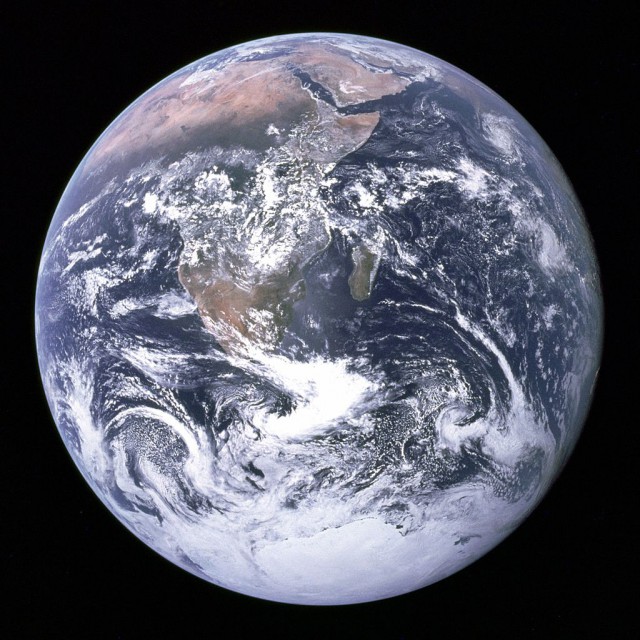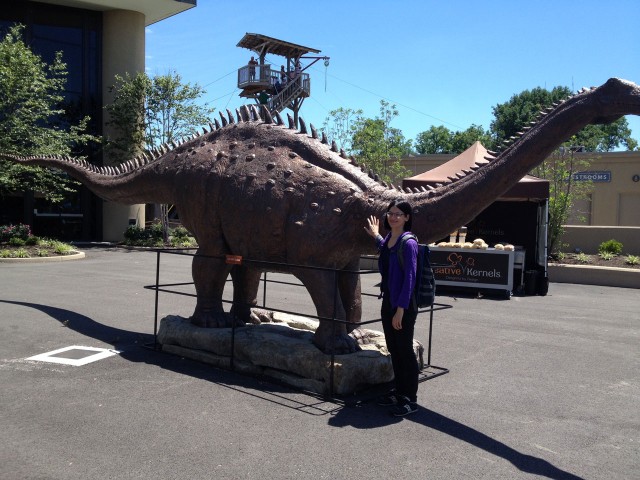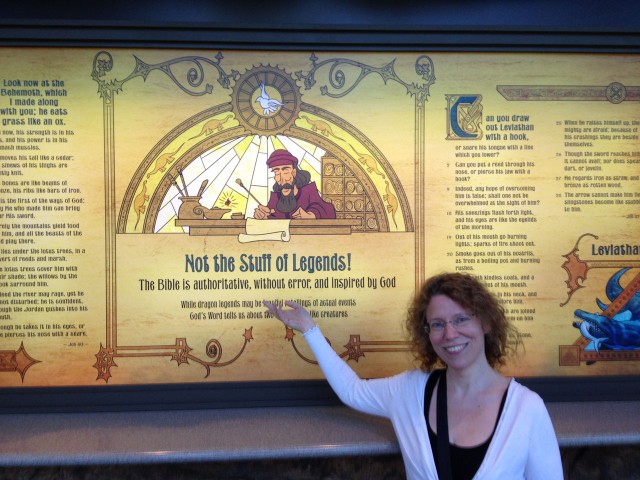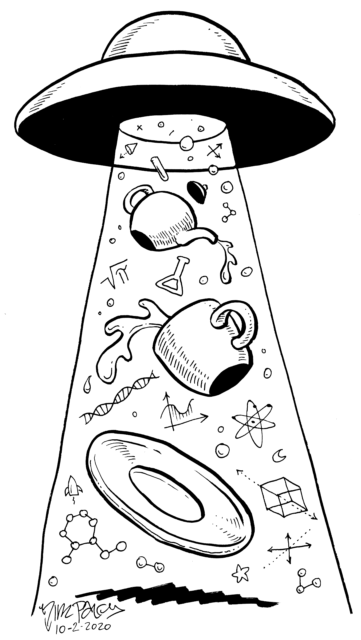Category: Science
“Hippie Science” for Mike
“Saucer Science” for Jonathan
A Hundred Dollar Drawing. TIL abstract concepts and inanimate objects are harder for me to draw than animals.
Gaia’s Reproductive Phase

The Gaia Hypothesis posits the Earth’s biosphere is a single living organism. Living organisms by definition reproduce. How would a planet’s biosphere reproduce?
By sending reproductive cells of some sort to other planets.
Much (possibly most) of the Earth’s biosphere consists of bacteria. In fact most animals, including humans, consist largely of bacteria. Animals are mobile housing units for bacteria.
Humans are a peculiar animal. We’re creating our own extinction event. We seem hellbent on exploiting and destroying “nature,” yet we are part of nature, produced by nature. Why would the biosphere produce homo sapiens?
An extremely popular belief of our time is that humans will colonize other planets. Many humans consider this a more worthy goal than preserving biodiversity on Earth. Humans are willing to trash this planet in order to reach others.
It is vanishingly unlikely humans will survive on other planets. But it is likely we will reach other planets. We will not colonize other planets with humans, but with bacteria.
Humans are Gaia’s way of sending bacteria to other planets, thereby reproducing.
Humans will reach other planets, fueled by human dreams of human colonization. Humans will then die on other planets, leaving convenient meatbags for Earth’s bacteria to feed on, giving them a nourishing head start in a new world. Just as seeds and eggs contain mostly nutrition for zygotes, space humans are mostly nutrition for bacteria. Over billions of years, these pioneering bacteria will evolve, growing a new biosphere of diverse life forms. A new, living planet – another Gaia – is born.
Human exploitation of natural resources culminates in leaving the Earth. Travel to other planets is the pinnacle of human technology. The Holocene Extinction is the price Gaia pays for Her reproductive phase.
Reproduction requires a huge investment of an organism’s energy and resources. Many organisms die upon reproducing. I personally think that even if an Anthropocene environmental catastrophe wipes out “higher” life on Earth, bacteria will persist. Bacteria thrived before oxygen was a major component of Earth’s atmosphere, and will probably thrive after. But whether Gaia is semelparous or iteroparous, to be alive, She must reproduce.
Day at the Creation Museum

The Creation Museum in Kentucky is really a marvelous testament to what money can buy. A temple of Mammon, if you will. Designers and craftspeople work for money, not ideology, and the money here paid for some good ones. It reminded me a lot of Las Vegas that way.
You won’t learn much about the Bible here, since creationists really pick and choose. From an Old Testament perspective the whole place is outrageously idolatrous, violating the Second Commandment: “Thou shalt not make unto thee any graven image, or any likeness [of any thing] that [is] in heaven above, or that [is] in the earth beneath, or that [is] in the water under the earth…” —Exodus 20:4-6 (KJV)
Finally, the Creation Museum is a magnificent monument to the limits of human psychology. Here it’s especially easy to see the extraordinary lengths humans go to to make some kind of PALATABLE sense of the world. I vastly prefer science to biblical authority, but even the best method of inquiry gets mashed through our squishy, emotional, fallible, fragile human minds. It’s easy to make fun of creationists, but we all have similar longings to understand the world, and there’s only so much cognitive discomfort we can handle before we just project on reality as we see fit.


Bill Benzon’s Busy Bee Brain
There is now a pretty strong consensus that the cerebral cortex (which is, by no means, the entire brain, but it is likely that this is where culture is carried) is organized into small columns of neurons. In a 1978 essay Vernon Mountcastle called these minicolumns and suggested that they have about 100-300 neurons each. He estimated that the neocortex consists of 600,000,000 of these minicolumns. He also suggested that these minicolumns are organized into macrocolumns, about 600,000 of them — implying that there are hundreds of minicolumns per macrocolumn. (Mountcastle was clear that these numbers were just order of magnitude estimates & that is all I need for my purposes.) That makes these macrocolumns roughly the size of a typical invertebrate nervous system of 10K to 100K neurons. So, here’s my metaphor: Your neocortex consists of 600,000 buzzing bees going about their business.The point of the metaphor is that, just as individual bees are autonomous agents (which must, nonetheless, feed and reproduce in a group), so the macrocolumns are autonomous agents (which are physically coupled to many other such agents). Bees go about their business by sensing optical and chemical gradients and features and by moving their bodies and excreting chemicals. The macrocolumns are not directly connected to the external world, but they have extensive inputs and outputs to other macrocolumns and to other regions of the brain and nervous system. From a purely information processing point of view, they are as capable of action as are bees. They “sense” neurochemical gradients in the intersynaptic space and act on their sensations by excreting chemicals into that space.



